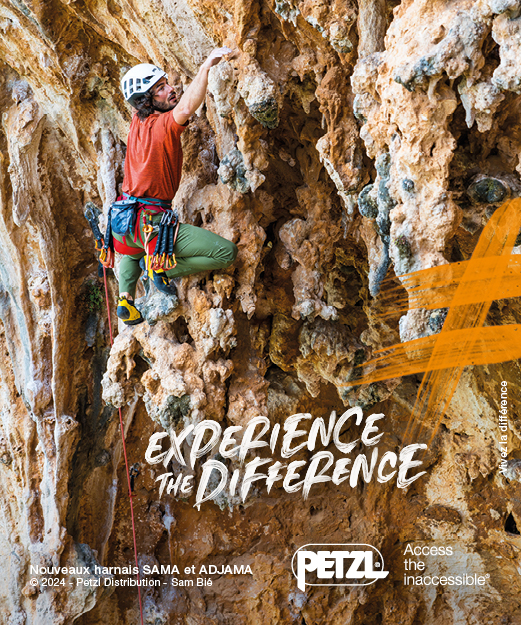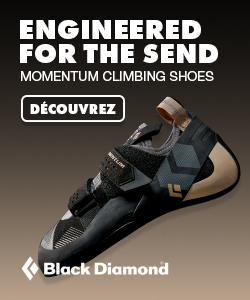7 ways to deal with injury

Injury. We all know this scenario. Too often we ignore what our body is telling us. Because we want immediate satisfaction. It’s hard to be an athlete and to be told that you cannot compete in a big event. Or cannot climb for months. Here’s a list of important notes to help you navigate through these rough waters… And deal with injury.
1. Focus on the future
If we can look through this injury and at the long term goals of the climber in question, we often see that competing or training on this injury would create a setback, or even wreck havoc on future goals. Training (or competing) through injury is not a good idea. Unless you are about to go into a World Cup event in which you have a really high chance of winning. Or you are about to climb to save your own life.
2. Learn what’s happening under the skin
It’s not often that we think on a cellular level. In injuries, this is often the first task. Teaching you what exactly the injury pertains to. What the tissue looks like before and after the injury. And what you can hope to achieve with unweighting it while it has healed. Injuries that are bone on tendon, include ‘snapping’ of tissues (tendons, ligaments, or the ‘unknown”), or anything making grinding or grating noises probably means that while you are climbing on it, it is continuing to create friction and changes at the cellular level. If a climber can understand that training or competing on something of this caliber, they might decide to hit their homecare more heavily, or to listen to their body before this issue arises.
3. Let Pain be Your Guide. And plan accordingly
No need to explain…
4. Slow the Process
Change any training periodization to fit the bodies schedule. Injuries or overtraining occur when either the body doesn’t have time to respond to the changes you are making. Or it is still healing from the last changes you made. In any good training plan, we have these periods where you have to slowly increase the stresses each week until a 4th week, where you go easy. And allow the body to fully heal from what we have done to it.
5. Cut the Crimps
Seriously, avoid hang boarding/systems if you or the climber you work with is a crimp addict. Especially if you or they have a finger or pulley injury.
6. Reinforce Time Off as Being Important
Keep stress low and use your off-days to take a break if it feels that you need one. Or if you are ready to go, work on your weaknesses in a different field while resting your climbing regions (especially those forearms and fingers).
7. Sleep isn’t for Slackers
Sleep is very important to allow your body to process the training sequences and to heal from your self-inflicted damage. Sleeping increases the chances that you spend more time in the REM Phase of Sleep (which helps the body to heal).
Read the full article









No Responses
[…] and Treat Finger Flexor Pulley Injuries ? Pulley injuries are the most common climber finger injury. To climb longer and stronger, it’s important to understand our hand anatomy. And also how pulley […]